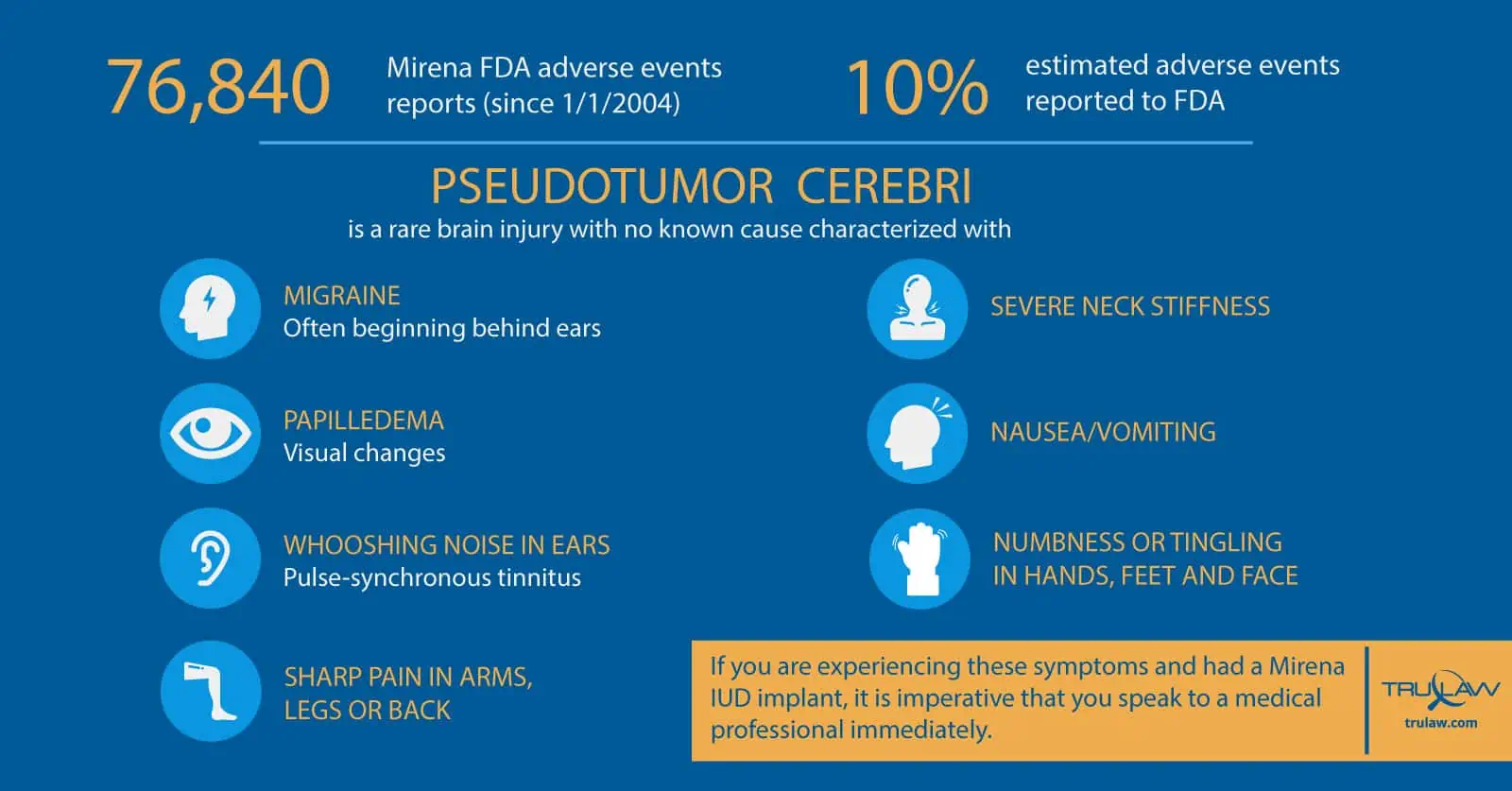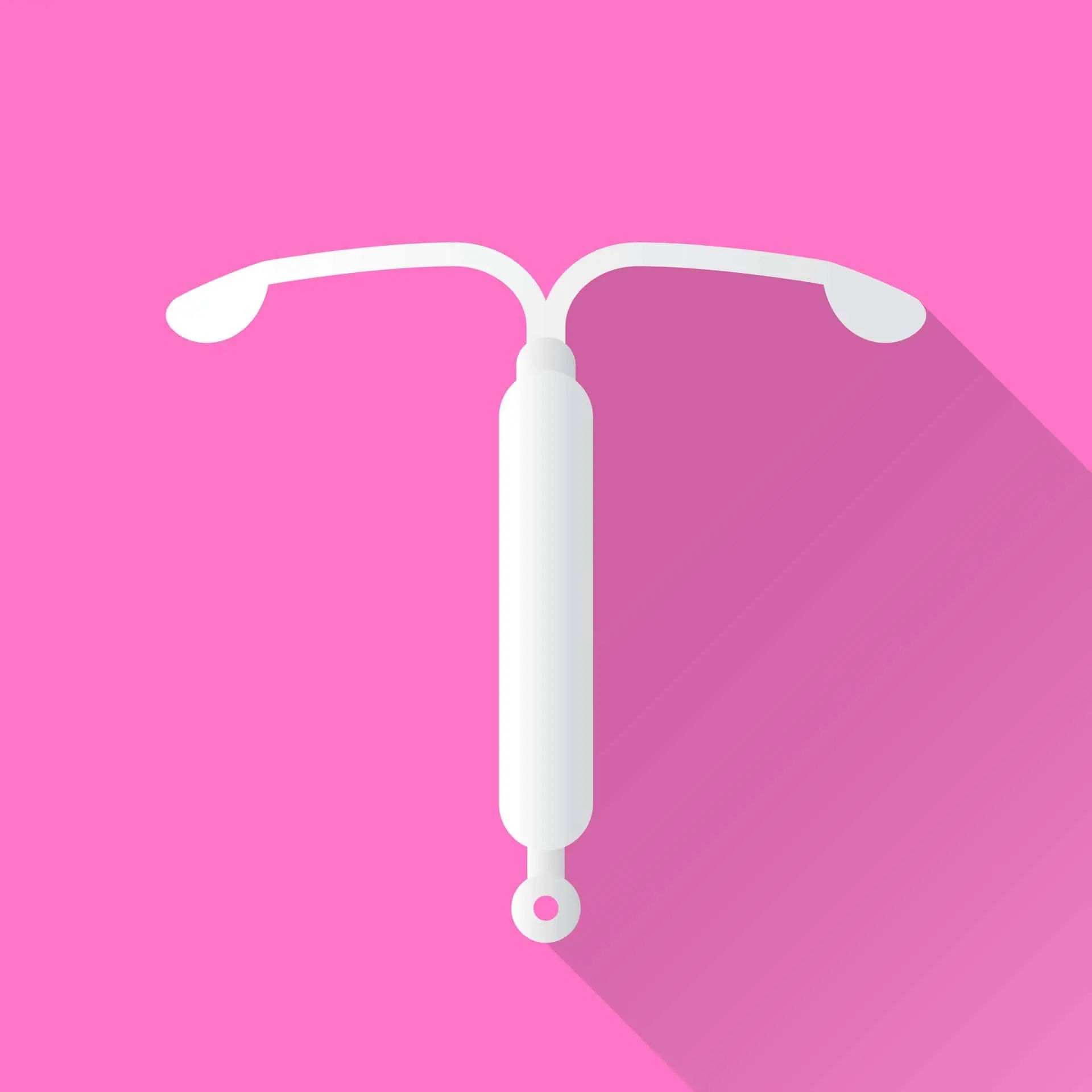Mirena is a small T-shaped plastic device inserted into the uterus that releases levonorgestrel, an artificial form of the hormone progestin.
Levonorgestrel is a female hormone that can cause changes in the cervix, making it harder for sperm to reach the uterus and harder for a fertilized egg to attach to the uterus.
A levonorgestrel intrauterine system is a plastic device that is placed in the uterus where it slowly releases the hormone to prevent pregnancy for 3 to 5 years.
The Mirena IUD contains 52 mg of levonorgestrel and initially the hormone is releasted at a rate of approximately 20 mcg/day.
This rate then decreases to half that value after 5 years.
According to Mirena’s prescribing information, the device must be removed by the end of the 5th year.
It can be repoaced at the time of the removal with a new device if you want to continue with this contraceptive method.



